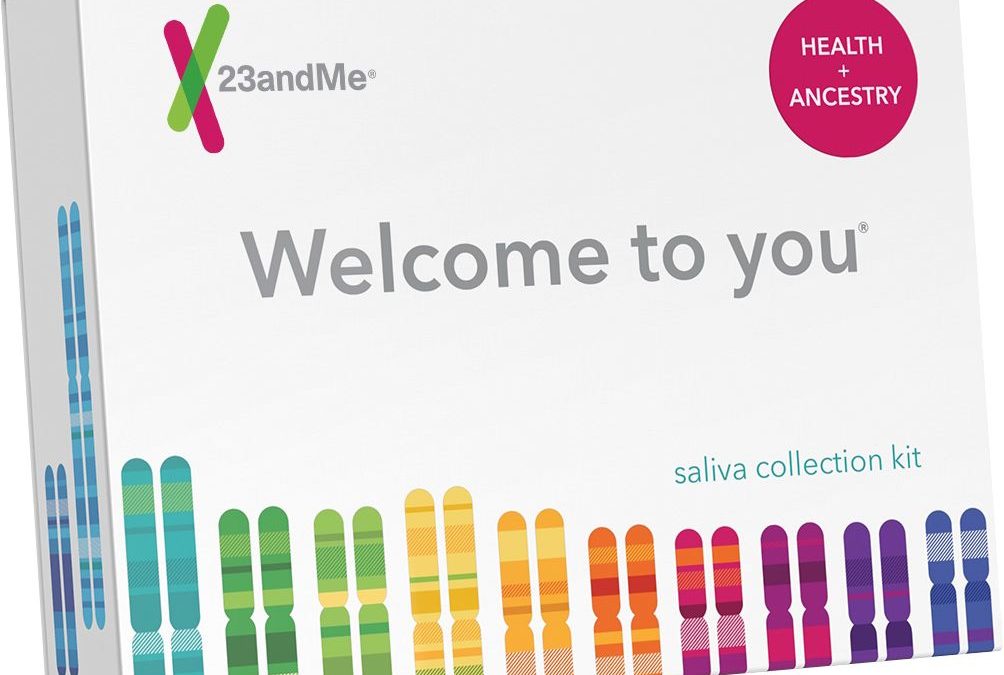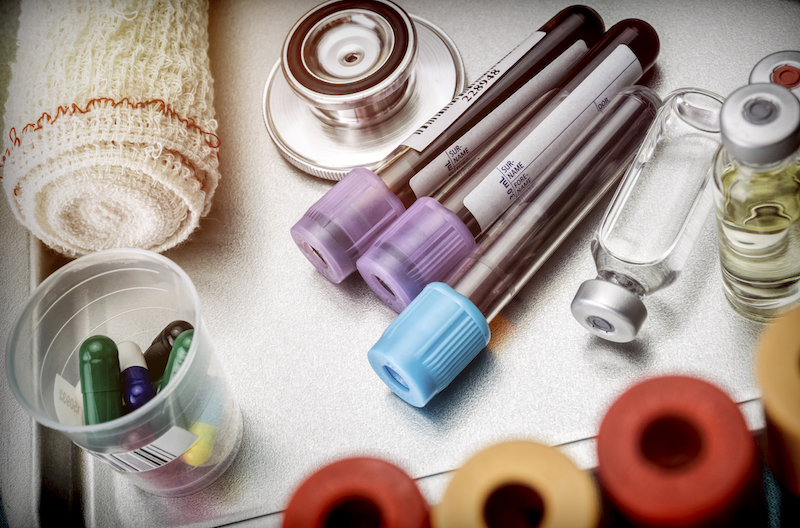
What Kind Of Company Is 23andMe?
What Kind Of Company Is 23andMe?
A study led by researchers at the genetic testing lab company Invitae (San
Francisco, CA) found that 23andMe’s direct-to-consumer BRCA test for
hereditary breast cancer misses almost 90% of BRCA mutation carriers. 23andMe has been criticized for offering the test because it only analyzes three BRCA gene mutations out of a total of 1,000 other known mutations. The study results were presented at the American College of Medical Genetics and Genomics annual meeting in Seattle on April 4.
However, providing clinically relevant information to patients does not seem to be the primary goal of 23andMe. In fact, the company does not even operate a CLIA-certified lab—it subcontracts lab testing services to LabCorp. Rather, Laboratory Economics thinks 23andMe is simply a marketing company whose goal is to obtain patient DNA and demographic information which can be sold to pharmaceutical companies to help with drug research.
23andMe markets two testing services directly to consumers. Its ancestry testing service costs $99 and analyzes saliva samples obtained from at-home collection tubes. The samples are shipped to a LabCorp facility in North Carolina for genotyping. 23andMe takes the data provided by LabCorp to prepare ancestry reports that are made available to customers through online accounts in about 3-5 weeks. The report provides an estimate of your ancestry composition (e.g., 47.4% European, 41.8% East Asian & Native American, 5.2% Sub-Saharan African, et al.).
The company’s second product includes an ancestry report plus tests that assess your genetic risk for a variety of diseases (Parkinson’s, Alzheimer’s, Celiac Disease, breast cancer, et al.) and your carrier status for numerous inheritable diseases (Cystic Fibrosis, Bloom Syndrome, Canavan Disease, et al.). The report also gives generic lifestyle advice such as “avoid eating fast food,” and “sleep a healthy amount.” The cost for this combined service is $199.
FDA Clearance?
The FDA has granted 23andMe four separate clearances related to sending its genetic testing reports directly to consumers. The clearances did not involve instrument systems or reagents, just the issuance of result reports. FDA clearance was given after 23andMe showed that more than 97% of users understood that they should not use the company’s reports to make any changes to their treatment without first consulting their doctor.
Loss-Leader Testing
23andMe is clearly using its ancestry and genetic testing services as loss leaders. Its advertised list prices of $99 and $199 are often discounted by as much as 30% with free shipping. The company has also offered free testing to certain ethnic groups that are underrepresented in its DNA database, which now includes samples from more than five million people around the world. In fact, Laboratory Economics thinks that 23andMe is likely to be paying LabCorp close to, if not more than, $199 per specimen tested. LabCorp has stated that it makes above-average margins on testing services provided to 23andMe.
DNA Database For Sale
23andMe says that roughly 80% of the five million people who have purchased its service have given their consent to having their anonymized DNA and demographic data shared with third parties. And this is where 23andMe makes its money. The company has had research partnerships with numerous pharmaceutical companies including Alynlam, Biogen, Pfizer, Roche’s Genentech, Johnson & Johnson’s Janssen, Denmark-based Lundbeck and Germany-based Grünenthal Group.
And last year it announced its biggest deal to date, a four-year agreement to develop new drugs with GlaxoSmithKline (GSK). The companies agreed to split costs and profits equally, and Glaxo made a $300 million investment in 23andMe.
In addition, GSK contributed its LRRK2 inhibitor, a promising therapeutic target for some forms of Parkinson’s disease, into the partnership. GSK thinks 23andMe’s database of people who know their LRRK2 variant status will help the Parkinson’s program enroll patients on the way to clinical proof of concept.
Who owns 23andMe?
The company was co-founded by its CEO Anne Wojcicki, ex-wife of Google co-founder Sergey Brin, in 2006. Google was an early investor in 23andMe. In addition, 23andMe has raised more than $750 million from a combination of private equity investors (e.g., New Enterprise Associates, Mohr Davidow Ventures, Sequoia Capital) and pharmaceutical companies (e.g., Genentech, GlaxoSmithKline and Johnson & Johnson).



